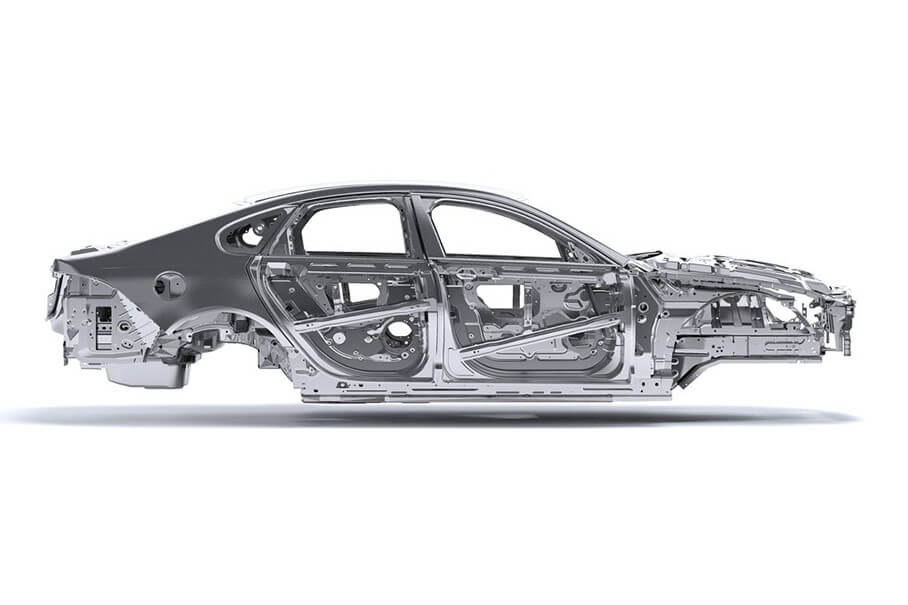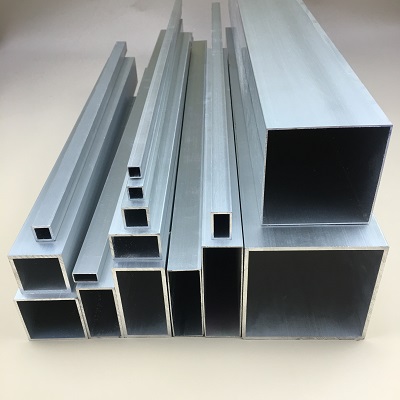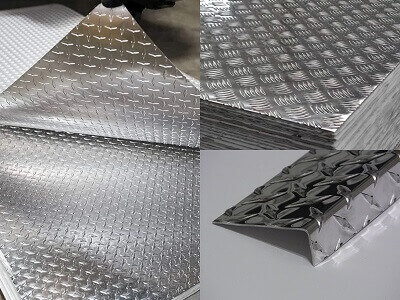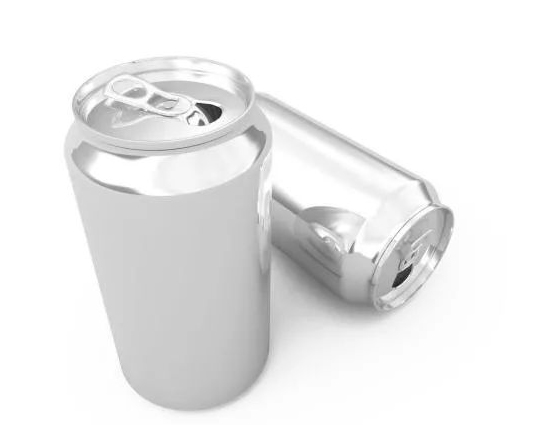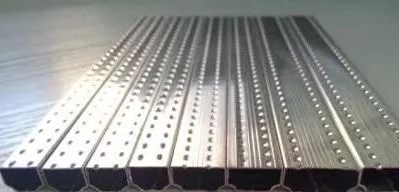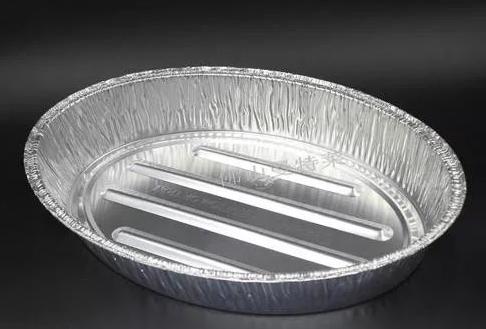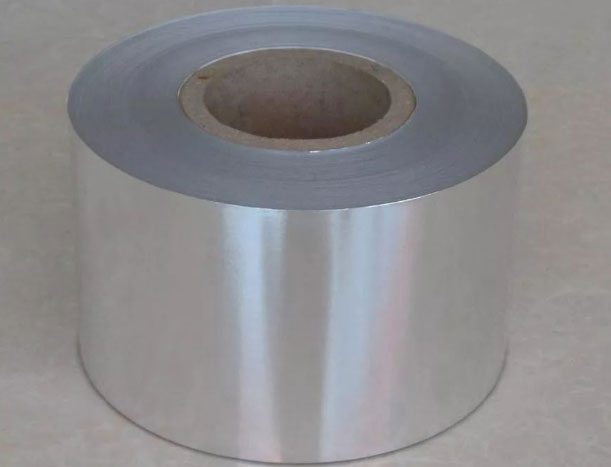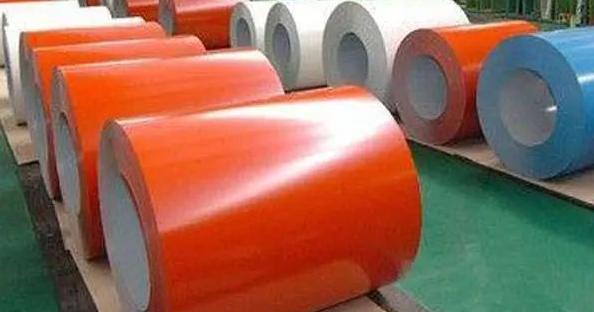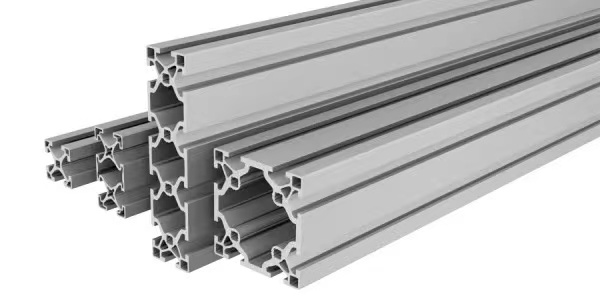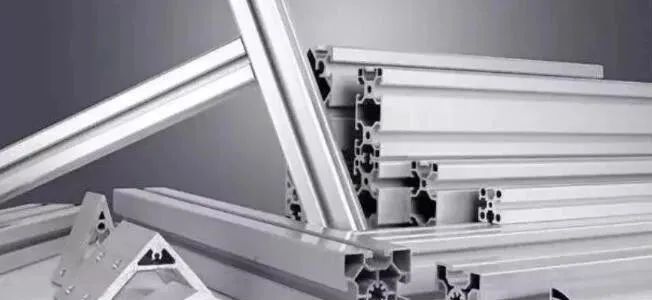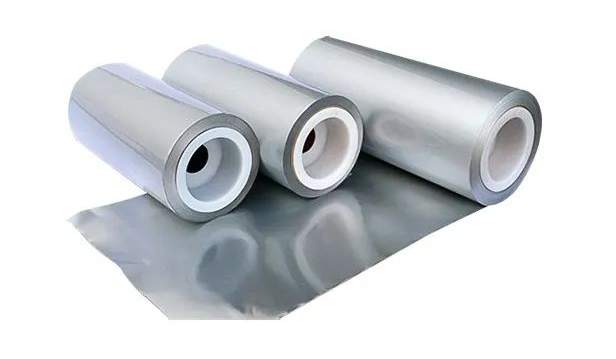Application of Aluminum Profiles in New Energy Vehicles
Why use aluminum profiles in new energy vehicles? In recent years, the new energy vehicle industry has developed rapidly. Different from traditional vehicles, new energy vehicles use batteries as their…
5 Advantages You Do Not Know About Aluminum Square Tube
Aluminum Square Tube is an extruded aluminum material with a very wide range of uses and applications. It has excellent corrosion resistance, good processability, and good machinability, and is trusted by…
3 Ways to Choose Aluminum Diamond Plate
1. What is aluminum diamond plate? Aluminum plate refers to a rectangular plate processed by rolling aluminum ingots, divided into aluminum pure plate, aluminum alloy plate, aluminum thin plate, aluminum…
Advantages and Treatment Process of Aluminum Cans
As for cans, there are 2 types of cans: aluminum cans and iron cans. The output of aluminum cans in China has reached 55 billion, with an average of 40…
How to Choose The Right Aluminum Strips?
Aluminum strips are a new type of environmentally friendly building material product made of high-purity aluminum, which has the characteristics of corrosion resistance. The aluminum strip is an essential material for…
What Is the Difference Between Aluminum Foil and Tin Foil?
Aluminum foil refers to paper made of aluminum foil backing paper and aluminum foil paper. It is often used to wrap food. Most of the tin foil we commonly use now…
How to Store Aluminum Coil Correctly?
As the use of aluminum coil becomes more and more popular, aluminum coil storage is very important for customers. Today, this article will introduce precautions for aluminum coil storage. Features…
Color-coated Aluminum Coils Types, Characteristics and Applications
Color-coated aluminum coils are the surface coating and coloring treatment of aluminum plates or aluminum coils. The commonly coated aluminum coils are fluorocarbon color-coated aluminum coils and polyester color-coated aluminum coils…
3 Things to Know about Aluminum T-slot Sytems in Buildings
As aluminum T-Slot Systems are popularly used in buildings, this article will introduce the applications of Aluminum extruded T-slot systems, the advantages of Aluminum extruded T-slot systems, and why choose 80/20 Aluminum T-slot…
What are the uses of aluminum foil in daily life?
Aluminum foil has begun to be fully used in our lives. It is used for packaging takeaway clay-pot rice, KFC egg tart trays, “tin foil ironing” when perming hair, medicine…
Why Are Bubbles on the Surface of Aluminum Profiles?
When the aluminum profile is extruded and pressurized, the air will remain in the aluminum profile, causing bubbles to appear inside and on the surface of the aluminum profile, causing…
An Article to Understand Lithium Battery Aluminum Foil Quickly
With the rapidly growing demand of the lithium battery industry, lithium battery aluminum foil is used more and more popular. This article will introduce you to the battery aluminum foil…

